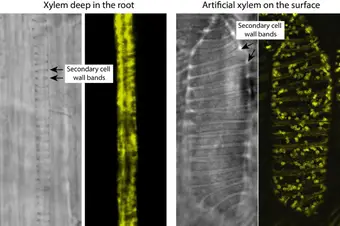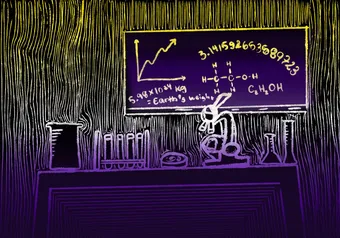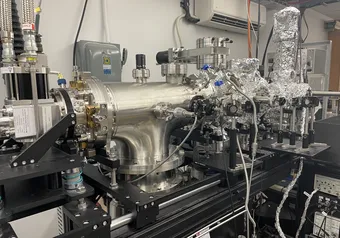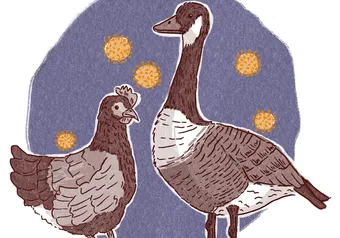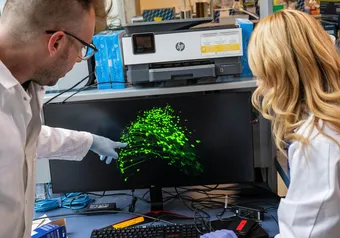Researchers at the Samuels Lab at UBC have engineered “inside-out” plants which produce cellulose on their surface.
“The secondary cell wall that produces the cellulose is normally located deep inside the plant. So you can imagine [that] if you’re trying to look at it with a microscope, it’s really hard," explained Yoshiro Watanabe, a botany PhD candidate at UBC and lead author of the paper on the findings.
Using a microscope, pictures would be indecipherably blurry and useless. By “tricking” the plant to produce cellulose on cells outside of its structure, researchers can bypass this difficulty entirely, making it easier to study cellulose — the most abundant biological molecule on Earth.
The process behind confusing the plant to create secondary cells where they normally wouldn’t involves modifying the plant on a genetic level and then using its own biological system to regulate the expression of certain factors.
Collaborators in Japan were able to find a transcription factor — a protein that helps control the expression of genes — called VND7 which, when activated, makes the cell develop into a cellulose producing cell. From here, researchers were able to control when a particular cell creates secondary cell walls. Since the transcription factor is present in all cells, the plants were submerged in a liquid medium that contains the hormone that regulates the VND7 factor, forcing all the cells to create a secondary cell wall. Researchers produced genetically modified Arabidopsis thaliana plants by using circular pieces of DNA, called plasmids, that contain a gene that allows the plant to absorb the hormones in the medium.
The unaltered Arabidopsis thaliana doesn’t look particularly interesting at first glance — it is a tiny flowering plant related to mustard and cabbage. So why was this particular species chosen to work on? “Arabidopsis thaliana is the botanist’s fruit fly,” said Watanabe. “It was the first plant to have its genome sequenced and it serves as a model species for other plants.”
The cellulose monitoring done on this plant could have more impactful applications when the technology is applied to more immediately useful species.
The next steps for research are already underway with this technology being applied for other species such as poplars and crop plants. Researchers can study and genetically manipulate the quality of the cellulose being produced by the plants.
“Cellulose by itself is quite crystalline. If we make it softer on a molecular level, it would make an excellent biofuel. If we make it harder, we can make stronger and more flexible woods.”
The food industry could also benefit as common cash crops could be made more drought-resistant.
“I just wish everyone knew how cool this was. It’s amazing how [the formation of cellulose] is incredibly complex, yet the end product is so simple. You have so many different proteins that could be affecting this one polymer.”
First online
Share this article


